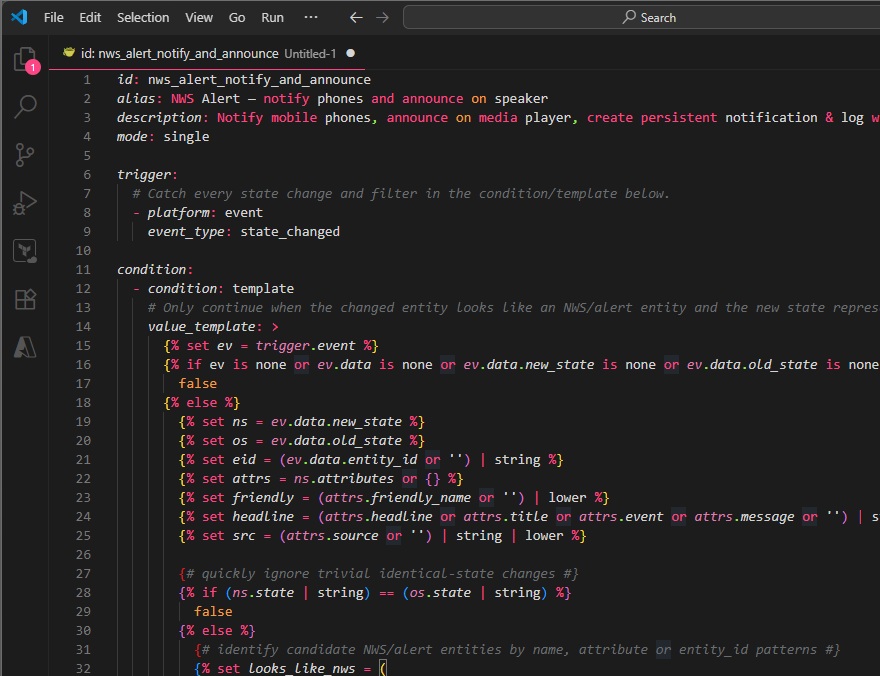How I Use Azure Storage for My Blog Images and Family Backup
I’ve been using Azure Storage for quite some time now, and it’s become an essential part of how I manage my blog images and family files. But before I explain how I use it, here’s a quick overview of what Azure Storage is.
Azure Storage is a cloud-based storage solution from Microsoft, first launched back in 2010 as part of the Azure cloud platform. It offers scalable, durable, and secure storage for a wide variety of data types. Think of it like a hard drive in the cloud, but not tied to a reseller.



